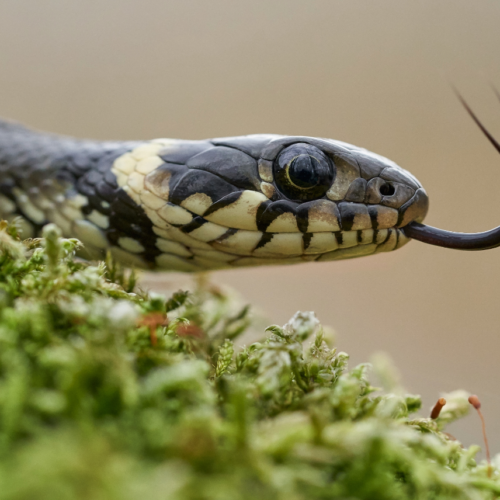Imperial College London have published an article this week “Fishing for DNA during breeding season could help control invasive species” which talks about
the research that they have done into how eDNA (environmental DNA) can be monitored to detect the presence or absence of certain species.
Thomson Ecology has collaborated with Imperial College to sample water to detect the presence of eDNA. DNA can be detected in water through faeces, mucus, shedding skin and hair, and eventually carcasses. Currently this process can be used for newt surveys as an alternative to traditional survey methods,
or it can be used to detect the presence of invasive American signal crayfish.
The recent research has revealed that invasive crayfish are easier to detect in water samples during breeding season, and this could lead to better control
of them.
To read the article in full, please click here.











